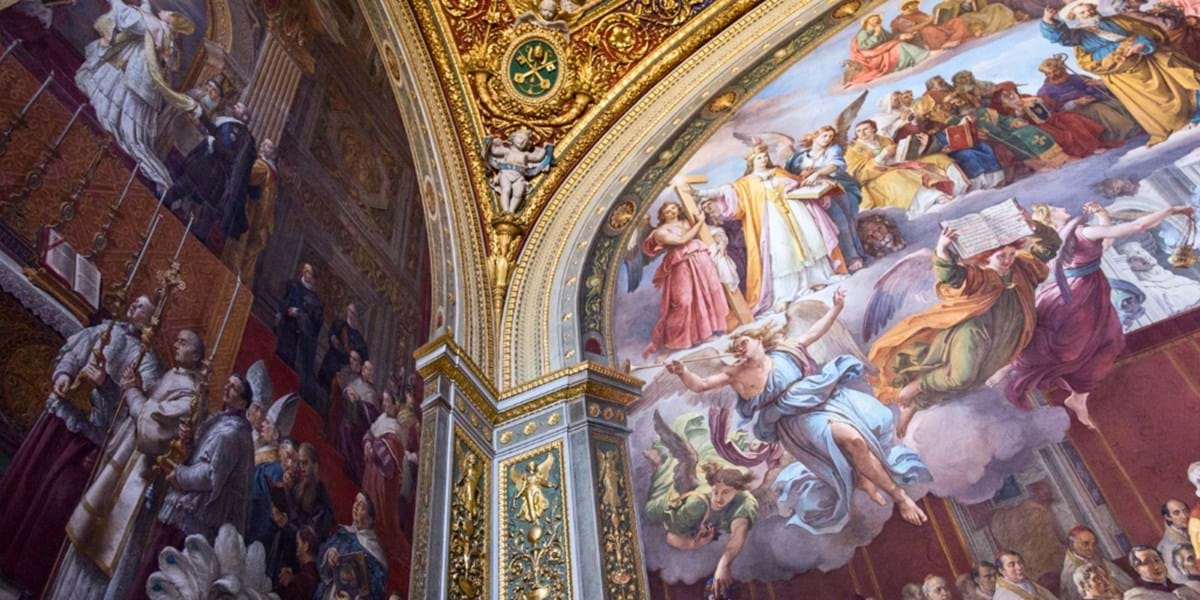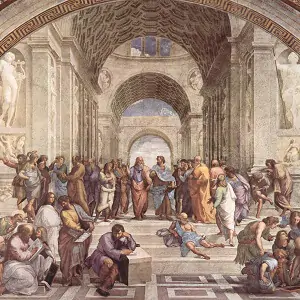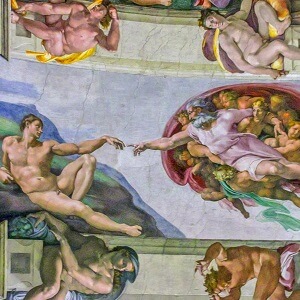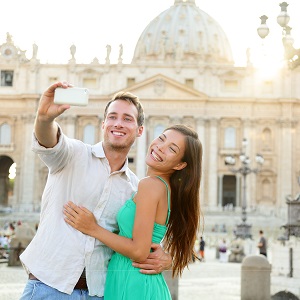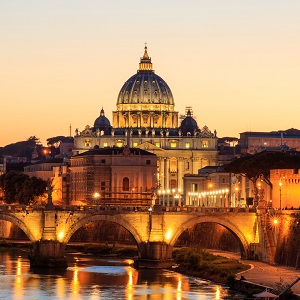The four Raphael Rooms, belonging to the Vatican Museums in Rome, house some of the most spectacular Renaissance masterpieces
It showcases a stunning collection of frescos painted by or under the direction of the famous Renaissance master: Raphael and his students decorated the ‘Stanze di Raffaello’ between 1508 and 1524.
Comprising of the ‘Room of the Signature’, ‘the Room of Heliodorus’, ‘the Room of the Borgo Fire’, and the ‘Room of Constantine’, they can be found on the second floor of the Vatican museums in an area of the papal apartments open to the public and visited by more than 4 million people a year.
Long-lasting cultural legacy
The decoration of the rooms was commissioned by Pope Julius II, who hired Raphael in the hope of outshining his rival Pope Alexander VI. After the death of Pope Julius II, the commission was continued by Pope Leo X. The final room, the Sala di Constantino, was completed by Raphael’s assistance following his death in 1520.
Rooms at Glance
Each of Raphael’s Rooms is painted with a unique theme and the sequence of the four rooms starts from the Room of Constantine. While the frescoes and walls of this room illustrate four major episodes in the life of Emperor Constantine, the ceiling of the room is illustrates the Triumph of Christianity over pagan idols and practices. The second-room is named the Room of Heliodorus and it is painted in political theme to depict historical moments from the medieval times, all of which show the protection bestowed by God on the Church.
That’s not all; the third room: ‘Room of the Signature’ is perhaps the most famous of the Raphael’s rooms and his masterwork in this room truly represents the beginning of the high Renaissance. Lastly, the Room of the Fire in the Borgo shows the political pursuit of Pope Leo III and Pope Leo IV.
Did you know? The roof of this room not only showcases a famous artwork by Perugino —Raphael’s own master but also includes the painting from which the room draws its name: Fire in the Borgo!
Explore the Vatican Tours
-
Rome Day Tour with Vatican & Colosseum
9 Hours
€95
See More -
Morning Vatican & Sistine Chapel Tour
3 Hours
€85
See More -
Extended Vatican Museums & Gardens Tour
5 Hours
€99
See More -
Vatican & Sistine Chapel Night Tour
2 Hours
€59
See More

